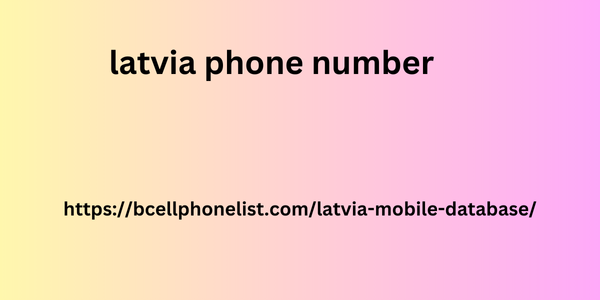In the ever-evolving digital landscape, Multimedia Messaging Service (MMS) has emerged as a powerful communication tool that goes beyond the limitations of traditional text-based messaging. MMS enables the exchange of rich media content, such as images, videos, and audio, creating a more engaging and immersive user experience. As developers and businesses seek to leverage the capabilities of MMS, integrating MMS service into their applications has become a crucial requirement. In this comprehensive forum post, we will explore the various aspects of MMS service integration, providing you with the knowledge and strategies to successfully implement and optimize MMS functionality in your projects.
Understanding MMS Fundamentals
MMS is an evolution of the Short Message Service (SMS) standard, allowing users to send and receive multimedia content in addition to text messages. MMS leverages the Multimedia Messaging Service Center (MMSC), a specialized system latvia phone number that handles the delivery and processing of multimedia messages. The MMSC is responsible for tasks such as message formatting, content adaptation, and message routing, ensuring a seamless experience for both senders and recipients.
Integrating MMS Service into Your Application
To integrate MMS service into your application, you’ll typically need to work with a third-party MMS service provider. These providers offer APIs and SDKs that allow you to programmatically interact with their MMS infrastructure and access a range of features and functionalities. The integration process typically involves the following steps:

Choose an MMS Service Provider
Research and evaluate the various MMS service providers in the market, considering factors such as pricing, features, reliability, and customer support.
Obtain API Credentials: Register with the selected MMS service provider and obtain the necessary API credentials, such as an API key, secret, or access tokens.
Integrate the MMS API: Incorporate the Argentina Phone Number List provider’s API or SDK into your application, following the documentation and guidelines provided. This may involve setting up the necessary network connections, handling authentication, and implementing the appropriate API calls to send and receive MMS messages.
